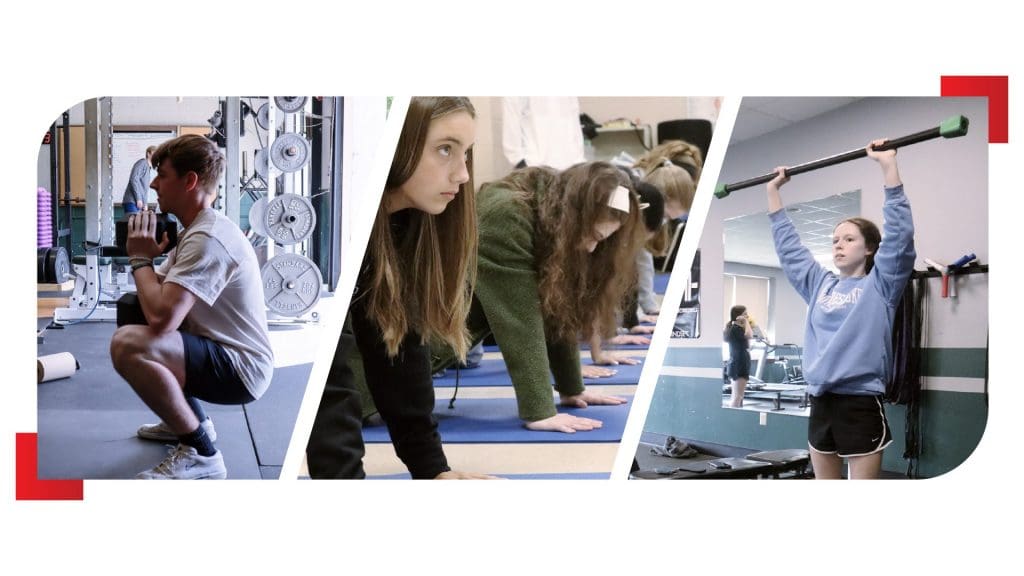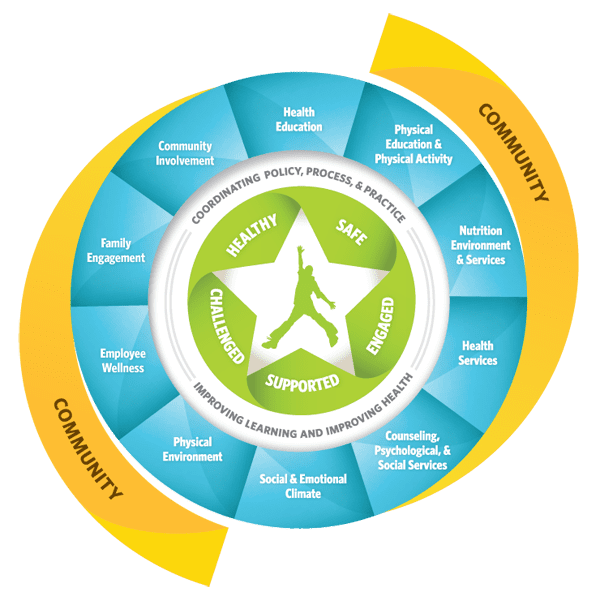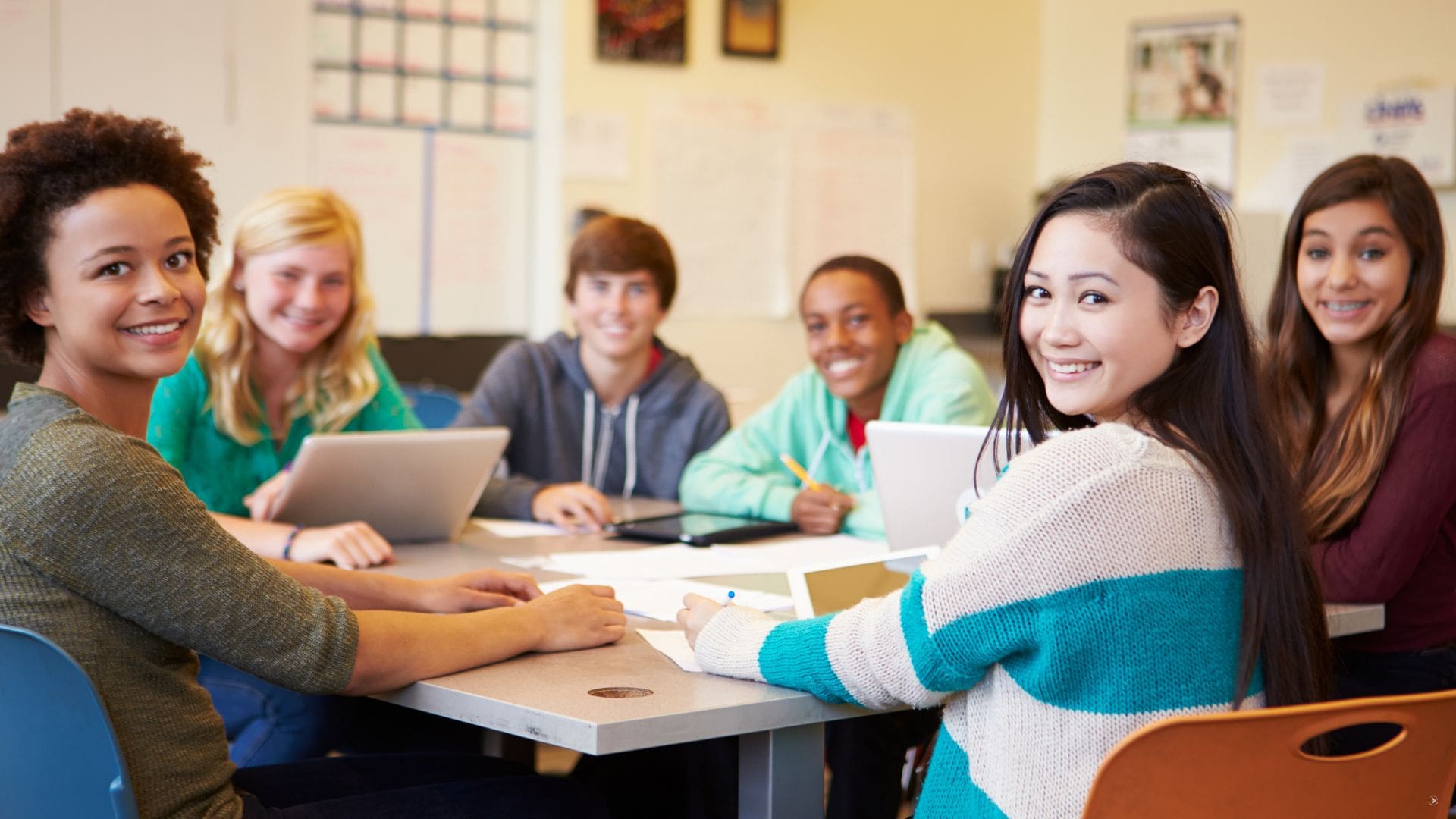Physical education in high school is integral to a student’s educational journey. It is an opportunity for students to learn about their bodies, develop physical skills, and stay healthy. However, high school physical education is at a crossroads with a lack of funding, lowering graduation requirements, and little respect for the subject.
As more people push for student wellness, high school physical education needs to be part of the conversation. If we believe in the importance of student wellness, we must take high school physical education seriously. We explore the benefits of physical education for high school students and break down 4 keys to success with highlights from schools across the country.
Benefits of High School Physical Education
There are endless benefits to physical education in schools. But at a high level, four following areas help highlight the benefits of high school physical education:
Physical
Mental
Academics
Social-Emotional
1) Physical – When students participate in a quality physical education program, they develop the skills and knowledge to improve and maintain personal fitness. And while people argue that regular physical activity can be achieved without physical education, PE lesson plans and curriculum can help equip and ensure students become physically literate.
2) Mental – High school is a tough time for many students. Rising rates of anxiety, depression, and other mental health issues have become the center of educational conversations. With exercise, students elevate their moods, reduce stress, and enhance self-esteem. Therefore, physical education can be the conduit for promoting happier and healthier students.
3) Academics – If the physical and mental benefits aren’t convincing enough, let’s discuss academic achievement and performance. Over 20 years ago, Dr. John Ratey showcased the link between physical activity and academic performance. And if his findings weren’t enough, then in 2010, the CDC released an 84-page report titled “The Association Between School-Based Physical Activity, Including Physical Education, and Academic Performance.” In short students focus, attention and performance are all improved by physical activity and physical education.
4) Social-Emotional – Outside of all the other benefits, high school physical education presents one of the best opportunities to connect class time to social-emotional learning. One of the five national Shape Standards (national physical education standards) is a social-emotional learning standard. Therefore, physical education prioritizes and focuses on the power of physical education classes and developing social-emotional skills.
Challenges of High School Physical Education
While the benefits of physical education are diverse and well-documented, high school physical education is at a crossroads. Three major challenges include:
Cut Backs in Physical Education Requirements
Student Interest and Motivation
Reputation and Results
1) Cut Backs In Physical Education Requirements – Physical education requirements are getting cut back, especially at the high school level. For example, schools looking to make time for other subjects like math, science, and English often only require 9th-grade PE as a general physical education requirement to graduate.
2) Student Interest and Motivation – Regardless of requirements, physical education teachers know that they must capture the interest and attention of students. Unlike other subjects, PE requires physical activity and movement, which can be intimidating to many students. Therefore, whether the class is required or not, physical education teachers must find engaging and relevant content to fill their physical education courses. Motivating students in physical education is no small task!
3) Reputation and Results – The physical education department should be on equal footing as any other department in the school. But the reputation of physical education has long been plagued by stereotypes of dodgeball and outdated ideas of athletic kids succeeding while others are left behind. In addition, schools want data and proof that their investments in any subject are paying off. Therefore, physical education must constantly make a case for why their subject matters and adds value to the student experience.
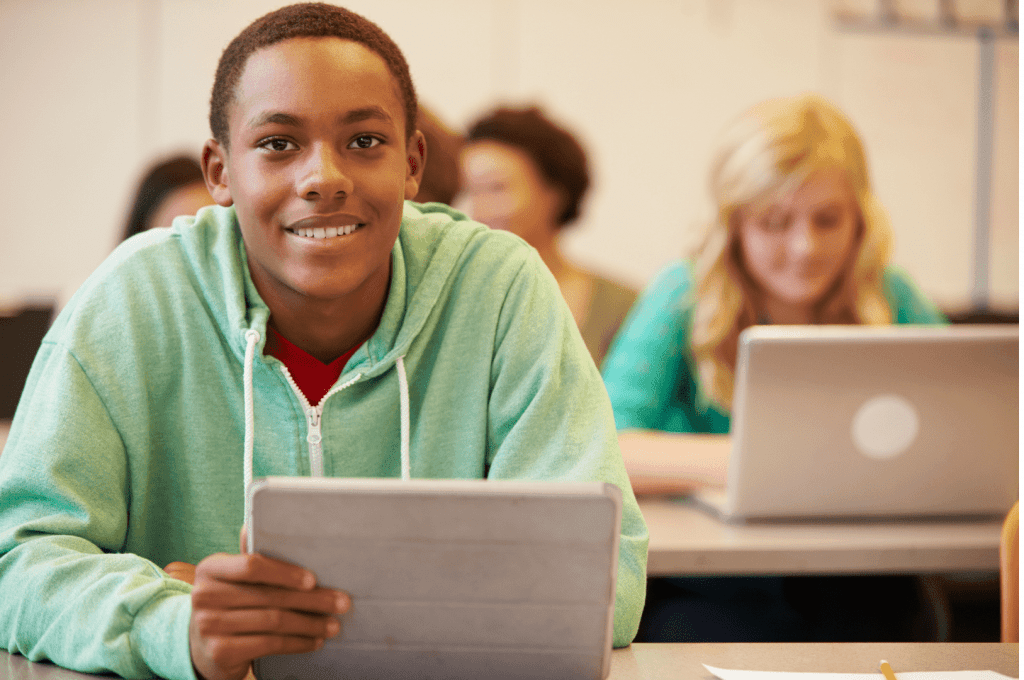
4 Keys To High School Physical Education
Physical education can and should be a positive experience for students at every grade level in high school. Therefore, we have pulled some of the most important keys to high school physical education success from teachers and schools across the country. While each school and state is different, these keys can help promote and empower high school PE regardless of graduation requirements, space and equipment, and any other factors a school must address.
1) Create Physical Education Classes Students Want To Take
Whether students have to take high school physical education or it is a choice, physical education courses should reflect and respond to students’ interests. There are endless fitness activities that can achieve the long-term goal of empowering physically literate individuals.
At Wyomissing High School in Pennsylvania, the physical education department set out to find different courses and offerings that high school students actually wanted to take. Jodi Reardon explains how this was a result of high school students avoiding physical education at all costs,
“When I talked with the guidance counselors, I would hear stories of students not wanting to come to school because of PE. I have even seen doctor’s notes asking for alternatives to class because of the toll it took on kids.”
After surveying students, Wyomissing landed on a new course offering that centered around developing lifetime fitness skills for every type of student. Wyomissing’s high school physical education electives now include the following:
Mind and Body Connection
Strength and Conditioning
Personal Fitness
Net Games
Backyard and Rec Games
Team Games
More students are taking high school PE classes and enjoying them through this approach!
2) Equip Everyone With Foundational Physical Fitness Skills
No matter what type of fitness activities students explore in high school physical education, everyone should be introduced to foundational physical fitness skills. Typically this is done in a general physical education class offered during 9th-grade PE.
For example, at Unity Christian High School in Iowa, Josh Van Kempen has transitioned his 9th-grade physical education class to focus on the five components of physical fitness:
Cardiovascular Endurance
Muscular Strength
Muscular Endurance
Flexibility
Body Composition
Josh introduces students to fundamental movements like the squat, lunge, hinge, press, and pull and sees this as an opportunity to make sure every student is introduced to the basics of fitness,
“I want students to experience different aspects of personal fitness. They don’t have to love everything we do in class, but they can at least understand why it is important or relevant to our theme of personal fitness.”
3) Highlight Your Physical Education Program
Whether or not we like it, we must advocate and promote our high school physical education program. By promoting physical education, we can get more buy-in and investment from students, families, and school administrators.
At Riley County High School in Kansas, Steve Wagner set out to highlight his physical education program in a variety of ways. Using technology, Steve could showcase progress and improvement in students’ physical fitness. Beyond just the data, Steve also asked his students what they liked about the class, and the answers were inspiring. Students shared the following about what they liked most about the class,
Getting a good workout in and feeling good about myself
Having a class where I am active and not sitting at a desk
Improving myself
Getting stronger
Having a break from academics and doing what I enjoy
The environment of the class
In addition to quantitive and qualitative insights, teachers and schools can also use social media and other ways to promote what is going on in class. For outsiders, this inside look can help to change perceptions of PE for the better.
4) Don’t Go At It Alone!
Every other subject in high school has an expansive library of resources to pull from. But physical education teachers often feel like they are on their own. Whether it is a lack of physical education-focused professional development or access to lesson plans, PE teachers are frequently operating on their own island.
Jessica Shawley, physical education teacher at Lewiston High School, describes that high school physical education is no simple task,
“There is no one set edition of a printed, published curriculum in which we can quickly just adopt and follow. It is with this freedom that comes a great responsibility to provide a quality, standards-based program for students.”
But at Lewiston High School, Jessica and her PE department chair Christi Meyer have long tried to incorporate the best materials so that they don’t have to go at it alone. Christi describes why they turned to PLT4M for high school physical education,
“We saw PLT4M as a valuable resource in our ability to deliver a high-quality curriculum. Our goal has always been to provide students fitness, health, and wellness experiences, and we saw PLT4 M’s curriculum as our best opportunity to enhance that.”
Ready to Put These Steps Into Action?
Schedule a 15-Minute demo to learn how PE teachers are ushering in a new age of Physical Education with Fitness and Technology!
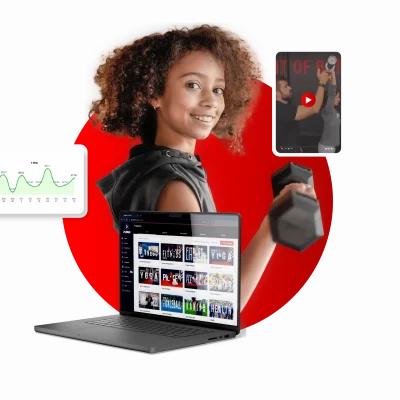
Key Takeaways To High School Physical Education
High school physical education is complicated! We want everyone to get basic skills while also having choices and options. In addition, we want to do all this with limited budgets and physical education teachers having to manage large class sizes.
But the entire high school student body can and should benefit from physical education past just 9th grade PE. Throughout the school year, students can participate in physical education and reap the benefits of consistent physical activity.
If we truly believe in the physical, mental, academic, and social-emotional benefits of PE, then we need to make high school physical education a staple of our school systems, not an afterthought.
